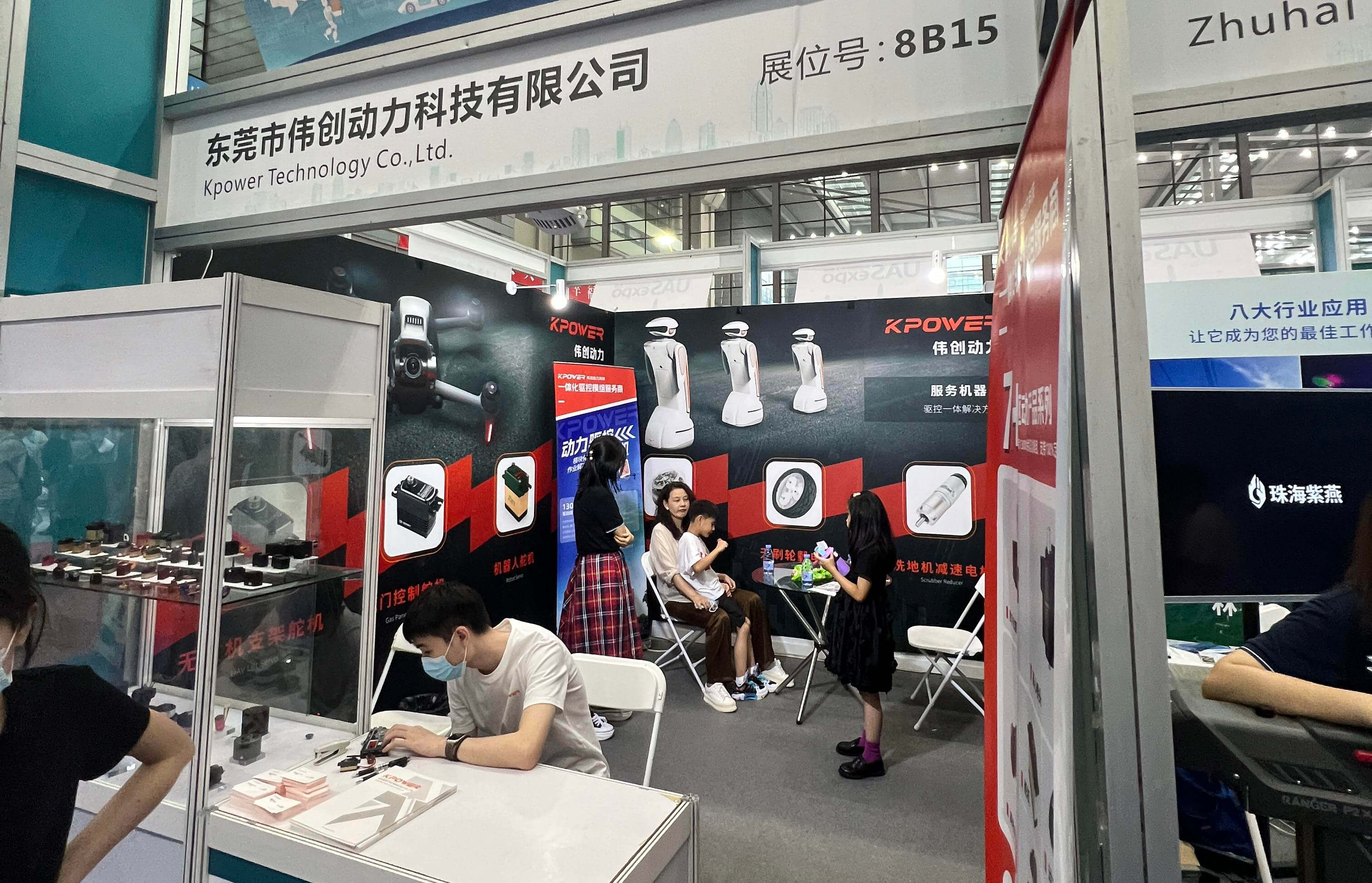Imagine a world where your application's heartbeat isn't just a flicker but a steady, unstoppable pulse. That’s what event-driven architecture with microservices and Kafka is all about. It’s like turning your monolith into a network of lively, independent units that chatter seamlessly—each one responding to events, each one doing its part without dragging the whole system down.

Let's start with the big idea. Traditional apps often rely on request-response models—slow, rigid, and sometimes prone to bottlenecks. Switch to an event-driven approach, and suddenly, every change, every update, turns into a message flying across a stream. Kafka acts as that bustling highway, moving data from one microservice to another at lightning speed. The beauty? This setup boosts scalability and resilience. If one microservice falters, the rest stay untouched, still humming along.
Think about an e-commerce platform during a flash sale. When a customer makes a purchase, that event triggers a cascade—inventory updates, payment processing, notification emails—all happening asynchronously. Kafka’s queuing system ensures these events aren’t lost, even if parts of your system hit a snag. So, your store stays open, your customers stay happy, and behind the scenes, these microservices collaborate smoothly.
Some people ask: “Isn’t this complex?” Sure, the architecture can seem intimidating at first glance. But when you break it down, it simplifies your infrastructure. No more monolithic codebases that are a nightmare to update or scale. With Kafka, you add or modify microservices independently, a bit like swapping out a tire on a moving car—think about how fast that can be. Plus, Kafka’s durability means data isn’t just floating around; it’s stored reliably, waiting for the next listener.
What about unseen benefits? Well, real-time data processing becomes a breeze. Monitoring becomes more proactive as logs and metrics flow through Kafka pipelines. You get instant insights, which means faster troubleshooting and smarter decision-making. And for businesses eyeing rapid growth, this architecture grows with you—adapts without major overhaul.
People often wonder how this stacks up against traditional setups. Picture a giant call center where every agent is a microservice, ready to jump into action. When a customer calls, their request triggers an event. Multiple microservices—like billing, support, and analytics—spring into action, working in harmony rather than one long chain of commands. Kafka ensures no message gets lost, and everything runs smoothly.
Choosing this kind of architecture isn’t just a technical upgrade; it’s a mindset shift. It’s about being agile, responding quickly, and staying ahead in a competitive landscape. If you're tired of slow, brittle systems that hold your business back, then this setup offers a genuine game changer. It’s a future-proof way to handle high volumes of data, complex workflows, and the unpredictability of live environments.
In the end, the question isn't whether you should adopt event-driven microservices with Kafka—it's how soon can you make the leap. Because in today’s fast-paced digital world, those who move quickly, respond swiftly, and stay flexible will always come out on top.
Established in 2005, Kpower has been dedicated to a professional compact motion unit manufacturer, headquartered in Dongguan, Guangdong Province, China. Leveraging innovations in modular drive technology, Kpower integrates high-performance motors, precision reducers, and multi-protocol control systems to provide efficient and customized smart drive system solutions. Kpower has delivered professional drive system solutions to over 500 enterprise clients globally with products covering various fields such as Smart Home Systems, Automatic Electronics, Robotics, Precision Agriculture, Drones, and Industrial Automation.




































